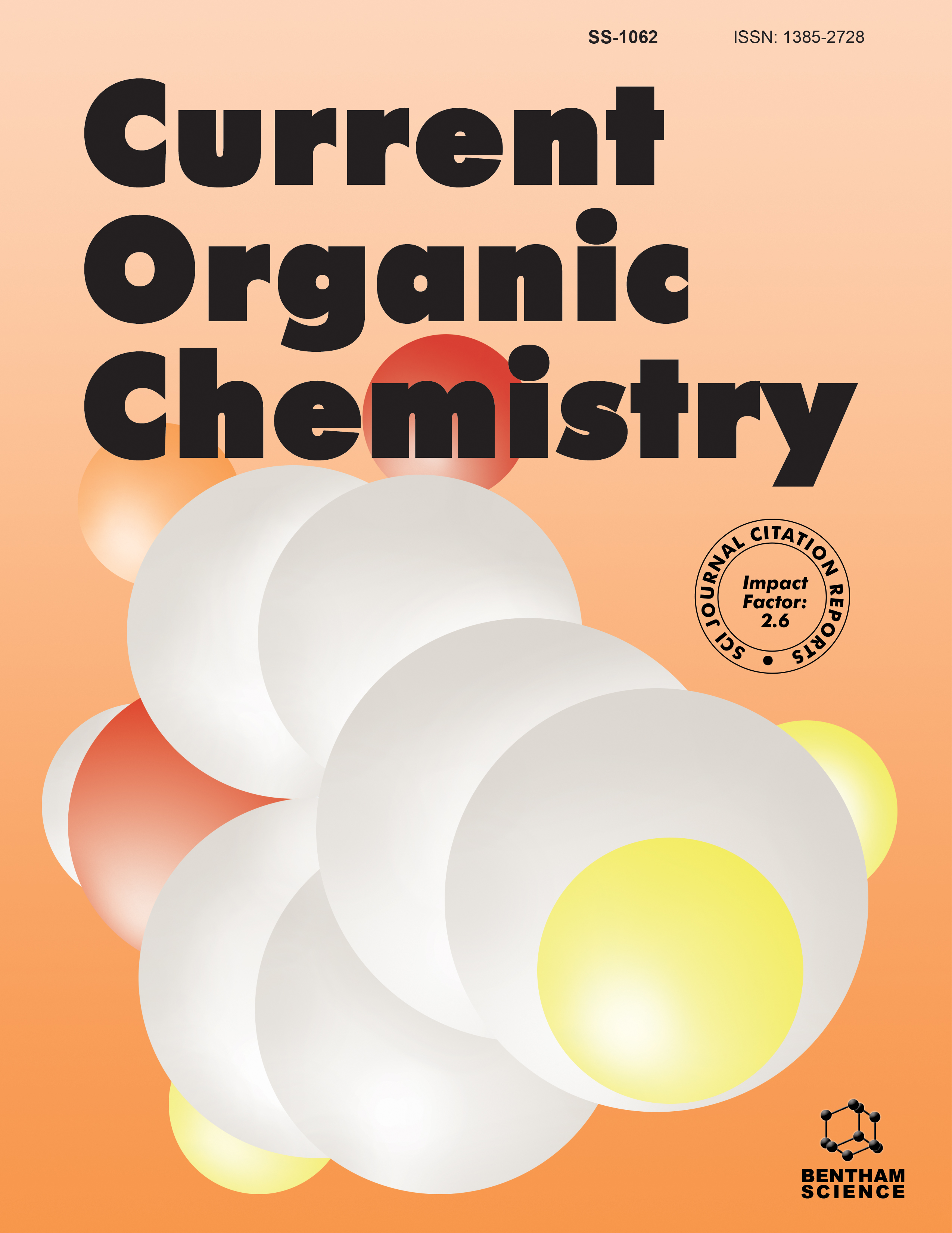
Full text loading...
We use cookies to track usage and preferences.I Understand
Novel bispidine skeleton has been extensively designed as bifunctional chelators (BFCs) for their special stereochemical structure and variable dentate numbers. Bispidine-based ligands (BBLs) as BFCs generally integrate the benefits of conventional acyclic and macrocyclic BFCs, demonstrating exceptional radiolabeling kinetics, thermodynamic stability and kinetic inertness for their metal complexes. The accessible inherent spatial asymmetry in bispidine skeleton is well-suited for Jahn-Teller active metal ions, notably Cu(II). Currently, BBLs have already been studied to coordinate with radionuclides such as 52Mn, 64/67Cu, 68Ga, 111In, 133La, 177Lu, 212Pb, 212/213Bi, and 225Ac for radiopharmaceuticals application. Among them, the 64Cu, 52Mn, 111In, 177Lu, and 225Ac complexes with BBLs have particularly made significant research progress. In this review, we introduce the synthesis of BBLs and their applications in chelating the above five metallic radionuclides for the development of radiopharmaceuticals are discussed.

Article metrics loading...

Full text loading...
References


Data & Media loading...

